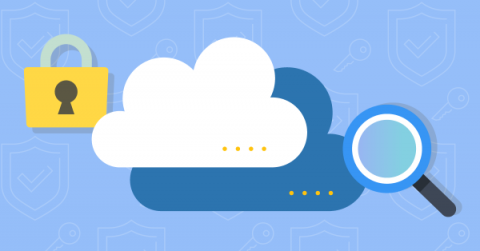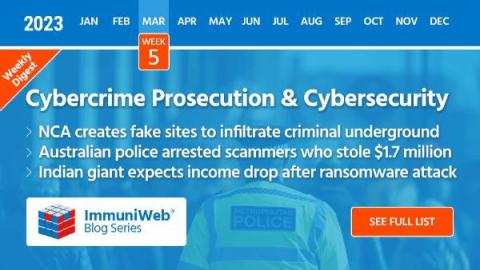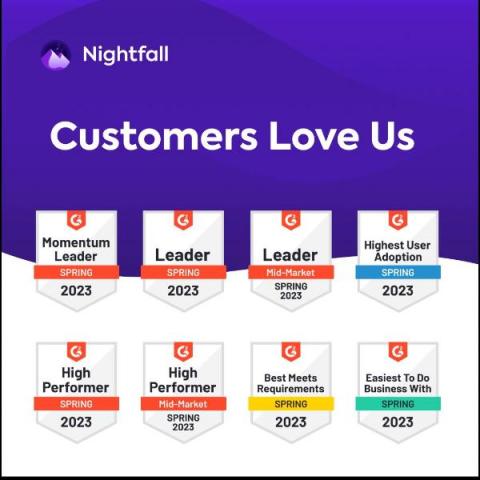4 ways to leverage existing kernel security features to set up process monitoring
The large attack surface of Kubernetes’ default pod provisioning is susceptible to critical security vulnerabilities, some of which include malicious exploits and container breakouts. I believe one of the most effective workload runtime security measures to prevent such exploits is layer-by-layer process monitoring within the container. It may sound like a daunting task that requires additional resources, but in reality, it is actually quite the opposite.











